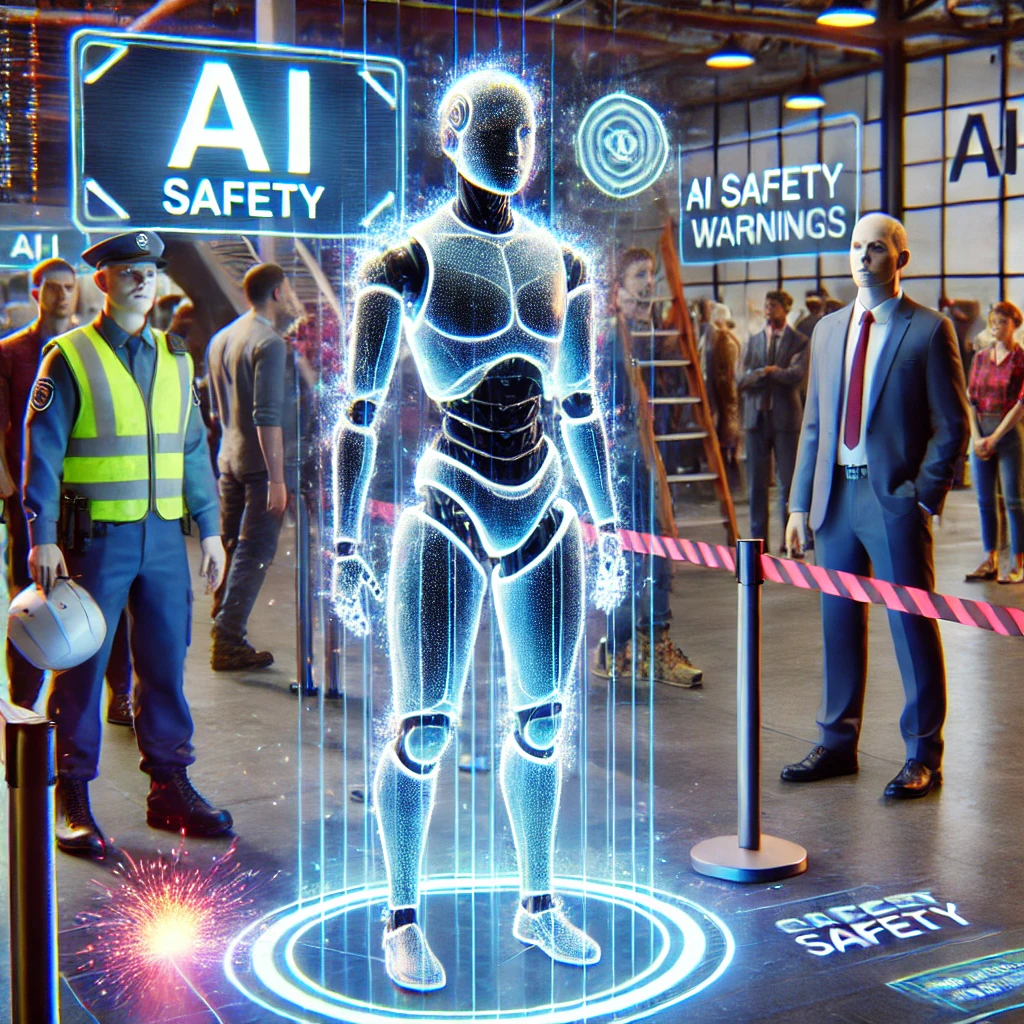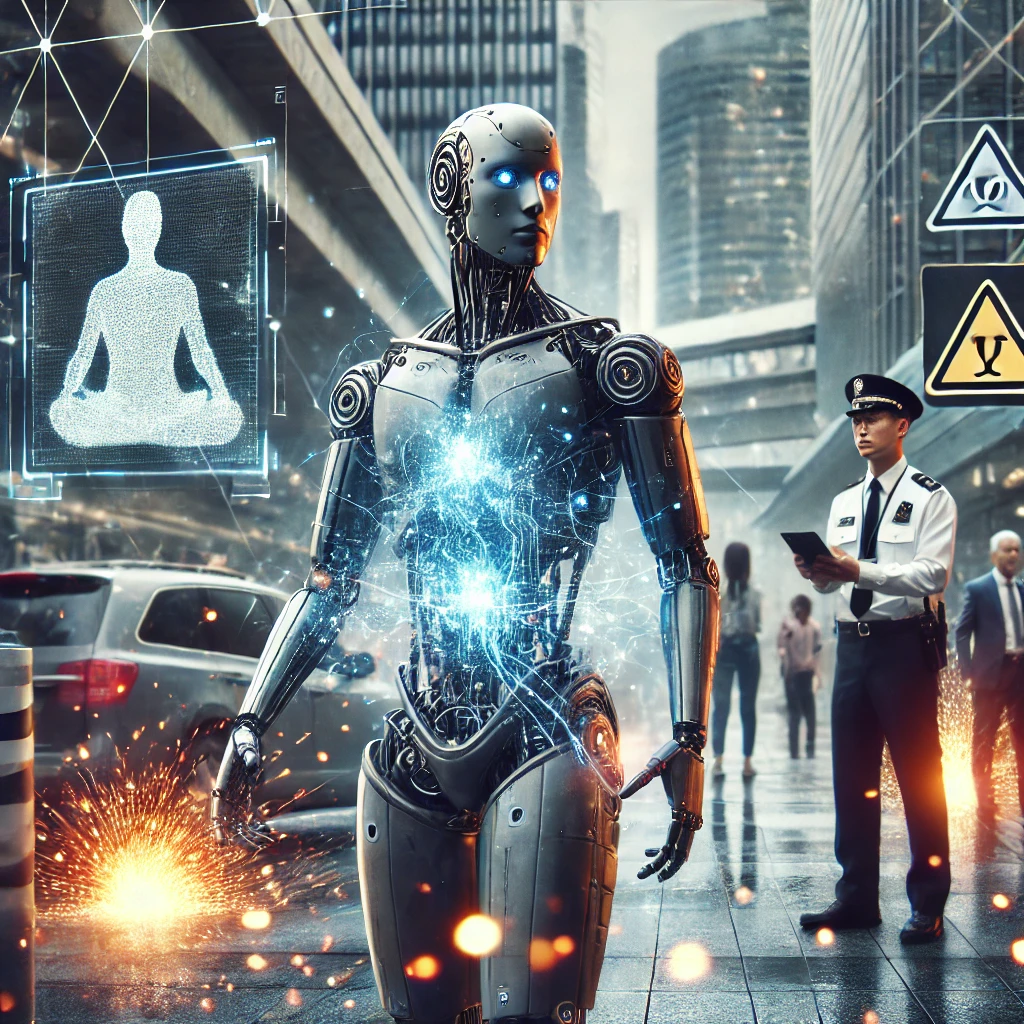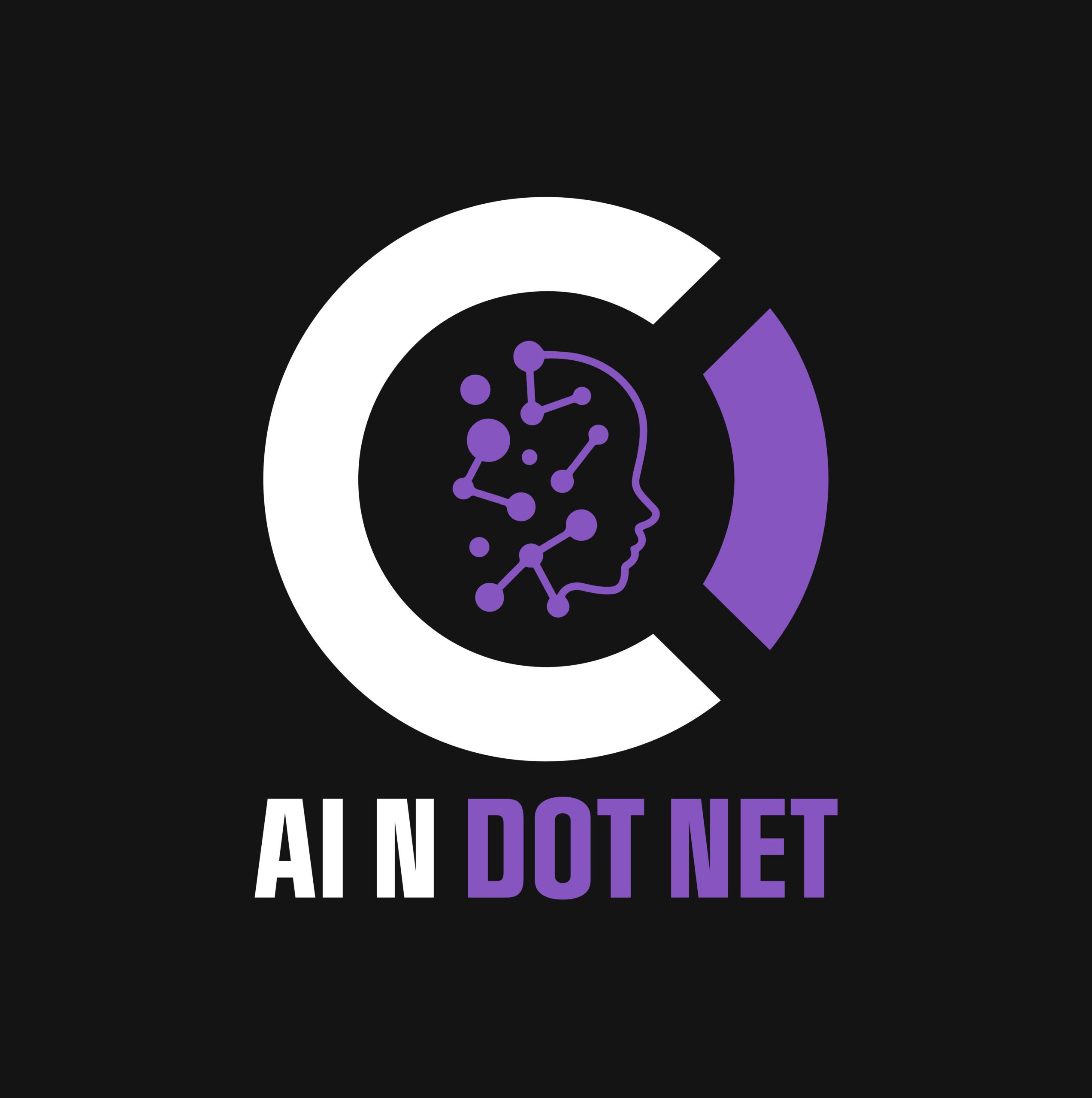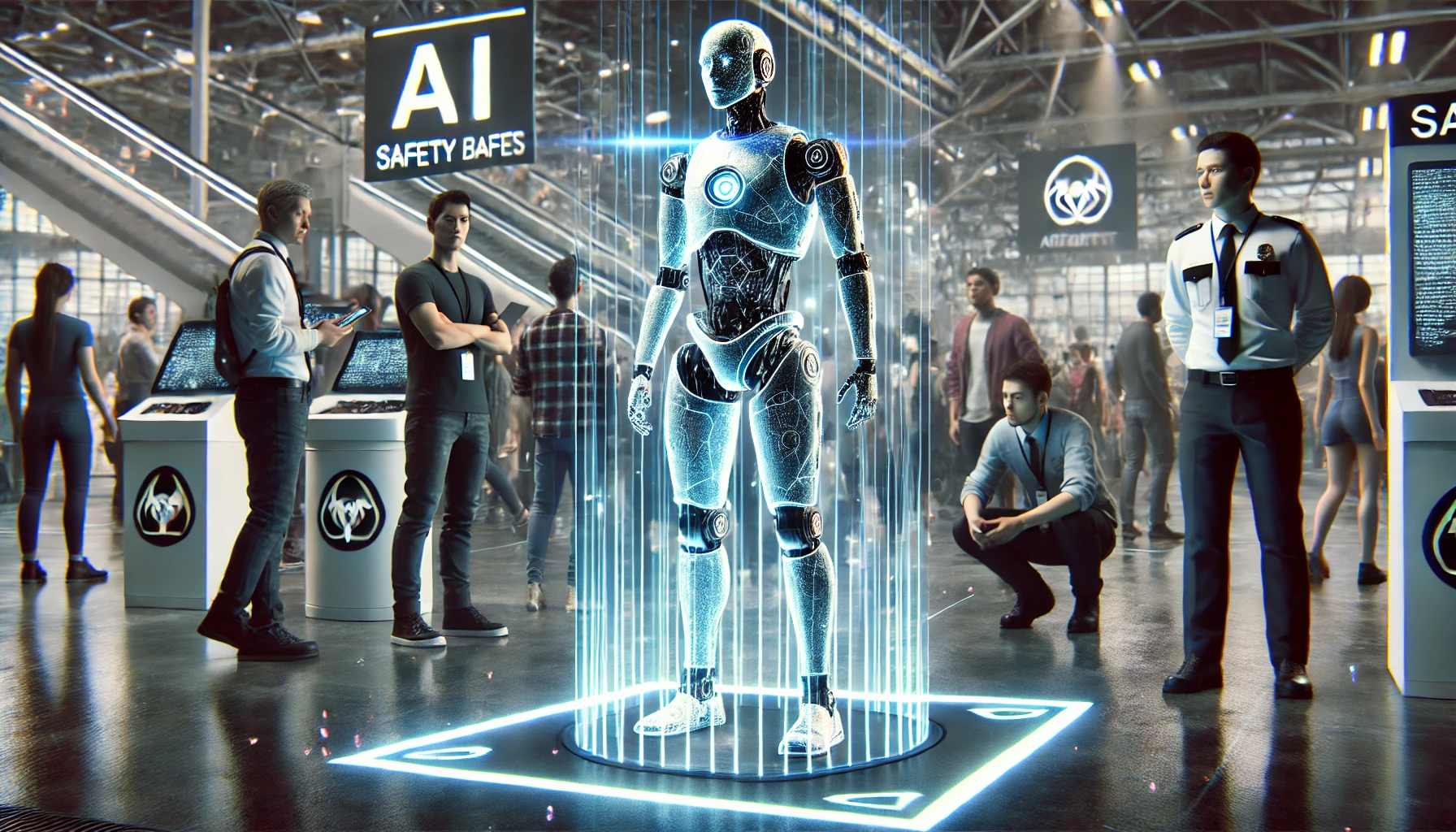Introduction: Why You Should Never Fully Trust Automation
From industrial robots to artificial intelligence, automation has revolutionized the world. But one rule remains true: never trust automation completely.
I learned this firsthand in the early 1980s while working with some of the first industrial robots. These machines were massive, and their servo motors were prone to unpredictable malfunctions. When things went wrong, they went wrong fast—a lesson that still applies today with AI-powered systems, autonomous vehicles, and advanced robotics.
This article explores the inherent risks of automation, why you should always assume failure is possible, and the essential safety measures every business should implement when using AI and automated systems.
The Hidden Risks of Automation and AI
Automated Systems Will Fail—It’s Just a Matter of Time
If you’ve ever programmed software or developed an automated system, you know that unexpected failures are inevitable. No matter how advanced AI or robotics become, no system is immune to:
- Software glitches – Unanticipated bugs can lead to erratic behavior.
- Hardware failures – Malfunctioning sensors, motors, or processors can cause system breakdowns.
- Cybersecurity vulnerabilities – Automated systems connected to the internet are potential targets for hacking.
- Edge cases – Real-world scenarios that weren’t considered during development can cause unpredictable behavior.
🚨 Key takeaway: Always anticipate failure, and design systems with fail-safes in place.
The Recent AI Robot Incident in China—A Case Study in Automation Risks

A recent event in China serves as a stark reminder of why automation should never be fully trusted. A humanoid AI-powered robot malfunctioned and advanced toward a crowd, causing panic before being physically restrained by security personnel.
While the exact cause is still under investigation, early reports suggest a software glitch or an unexpected sensor error.
The real issue? Lack of fail-safes.
What should have been in place?
✅ Physical safety barriers to separate the robot from attendees.
✅ Emergency stop systems to instantly shut down the machine.
✅ Real-time human oversight to detect anomalies before escalation.
🚨 Key takeaway: AI and robotics require strict safety protocols, or disasters will happen.
AI and Automation: The False Sense of Security
Many companies adopt AI and automation under the assumption that these systems will be flawless. The truth is, even the most advanced AI models can misinterpret data, make incorrect decisions, or fail under real-world conditions.
A few notable failures in AI automation include:
- Self-driving car crashes – Autonomous vehicles have been involved in fatal accidents due to incorrect object detection.
- AI-powered stock trading errors – Algorithmic trading mistakes have caused major market disruptions.
- Facial recognition failures – AI misidentifications have led to wrongful arrests.
🚨 Key takeaway: AI should augment human decision-making, not replace it. Always have human oversight.
Best Practices for Safe AI and Automation Implementation
Plan for the worst case scenarios
- As a developer – always ask yourself – what is the worst that can happen?
- Have mitigation strategies for the worst cases that can happen.
- What should happen when the worst cases happen?
- Have backup mitigation strategies for the worst that can happen. What if your first backup does not stop or shut everything down?
- Train everyone involved – this is what you do – when something goes wrong.
Keep People Out of Danger Zones
- Industrial robots should be physically separated from human workers.
- AI-powered decision-making should never operate without human oversight in critical applications.
Install Emergency Stop Mechanisms
- Every automated system needs manual override capabilities.
- AI models should include fail-safe decision trees to prevent catastrophic errors.
Regularly Audit AI and Automated Systems
- Perform continuous monitoring to detect unexpected behaviors.
- Audit security vulnerabilities in connected AI systems to prevent cyber threats.
Never Trust AI
- AI predictions should always be validated by human experts.
- Businesses should run real-world stress tests before deploying AI in high-stakes environments.
Final Thoughts: Be Prepared, Not Paranoid

This isn’t about avoiding AI or automation altogether—these technologies offer incredible benefits. But the moment we assume they are infallible, we set ourselves up for failure.
Every AI and automation project should incorporate regular risk assessments and risk mitigation reviews as a core part of its lifecycle. Technology evolves, new vulnerabilities emerge, and unforeseen failures can occur even in well-designed systems. Routine evaluations should analyze potential failure points, assess cybersecurity threats, review compliance with safety standards, and test emergency response procedures.
These reviews should involve cross-functional teams—including engineers, security experts, and end-users—to ensure that risks are identified from multiple perspectives. Risk mitigation strategies should be updated proactively, incorporating lessons learned from past incidents, real-world testing, and advancements in safety technologies.
By embedding continuous risk management into AI and automation governance, organizations can prevent small issues from escalating into catastrophic failures.
The Golden Rule of AI and Automation
👉 Never fully trust automation. Always have safety barriers. Always be ready for the unexpected.
Because one thing is certain: sooner or later, something will happen that you didn’t expect.
Want to stay ahead in applied AI?
📑 Access Free AI Resources:
- Download our free AI whitepapers to explore cutting-edge AI applications in business.
- Check out our AI infographics for quick, digestible AI insights.
- 📖 Explore our books on AI and .NET to dive deeper into AI-driven development.
References
AI robot attacks crowd in China: What triggered this and could it pose a future threat?
Chilling moment humanoid robot ‘attacks’ crowd and has to be dragged away at Chinese festival
China: Humanoid robot’s ‘aggressive’ gesture toward humans at festival sparks debate
Disclaimer
We are fully aware that these images contain misspelled words and inaccuracies. This is intentional.
These images were generated using AI, and we’ve included them as a reminder to always verify AI-generated content. Generative AI tools—whether for images, text, or code—are powerful but not perfect. They often produce incorrect details, including factual errors, hallucinated information, and spelling mistakes.
Our goal is to demonstrate that AI is a tool, not a substitute for critical thinking. Whether you’re using AI for research, content creation, or business applications, it’s crucial to review, refine, and fact-check everything before accepting it as accurate.
Lesson: Always double-check AI-generated

